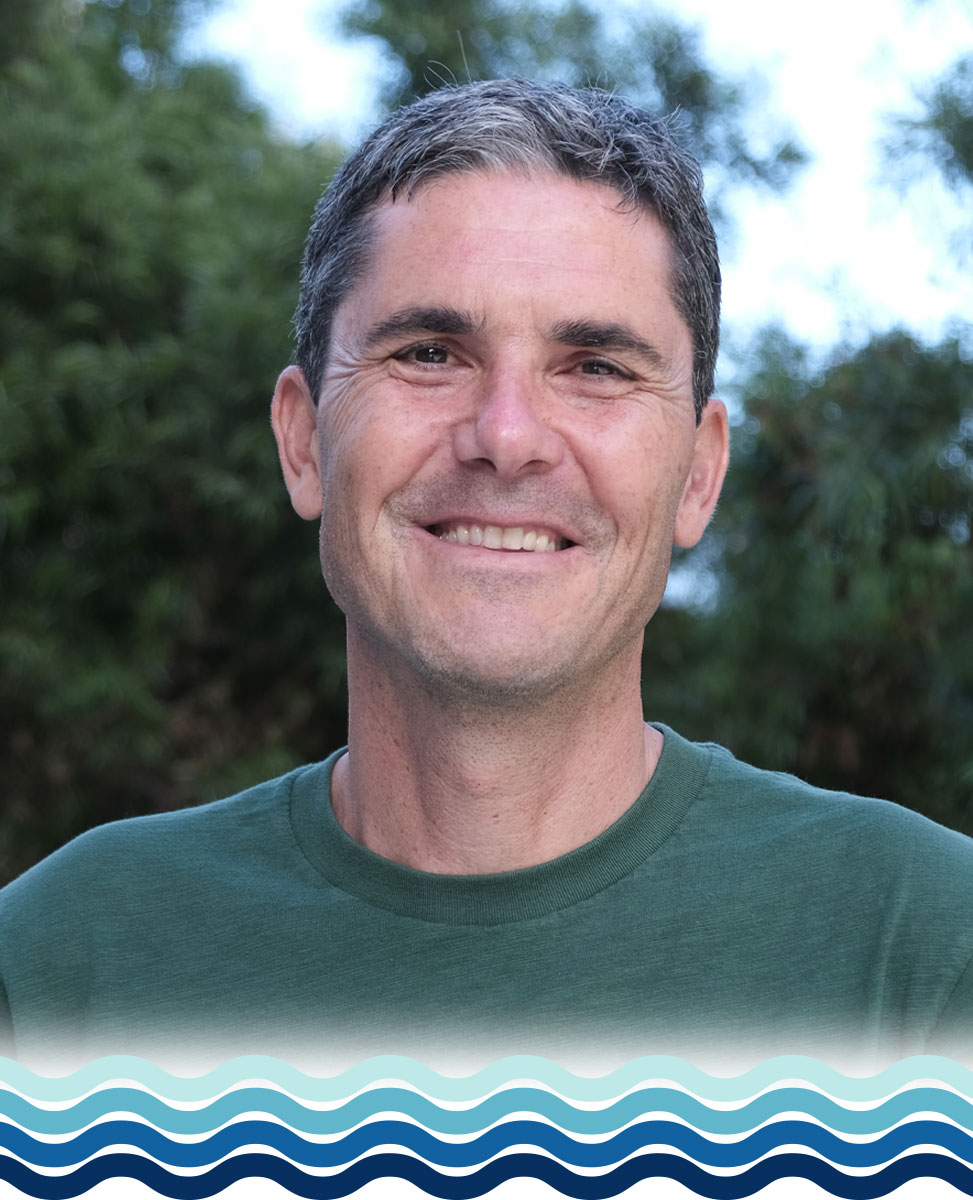Akif Tezcan
Professor of Chemistry and Biochemistry
University of California, San Diego
Talk Information
Peptide Materials
16 June 2025, 05:45pm - 06:10pm, in the Pacific Jewel Ballroom
L22 – Design of Out-of-Equilibrium Biomolecular Assemblies

Professor F. Akif Tezcan holds the position of Professor of Chemistry and Biochemistry at the University of California, San Diego, where he also serves as the Leslie Orgel Faculty Scholar. His research is distinguished by its interdisciplinary approach, integrating principles from inorganic chemistry, biophysics, and materials science to explore and manipulate the structural and functional aspects of proteins.
Academic Background
Dr. Tezcan began his academic journey at the German High School in Istanbul, followed by undergraduate studies at Macalester College in St. Paul, Minnesota, where he majored in chemistry and biology. He earned his Ph.D. in Chemistry from the California Institute of Technology under the mentorship of Professor Harry Gray, focusing on the folding kinetics and electron transfer dynamics of metalloproteins. Postdoctoral research as a Helen Hay Whitney Fellow in Professor Doug Rees's laboratory at Caltech further honed his expertise, particularly in the energy transduction mechanisms of biological nitrogen fixation.
Dr. Tezcan joined the faculty at UC San Diego in 2005, where he has since been recognized with several prestigious awards, including the NSF CAREER Award, Sloan Fellowship, Beckman Young Investigator Award, and the Early Career Award from the Society of Biological Inorganic Chemistry.
Research Focus
Professor Tezcan's laboratory is at the forefront of designing and constructing novel protein architectures. His team employs a combination of chemical synthesis, molecular biology, and advanced characterization techniques to create self-assembling protein systems with predefined geometries and functions. A significant aspect of his research involves elucidating the mechanisms of biological nitrogen fixation, particularly the role of ATP hydrolysis in nitrogenase activity, with the goal of developing alternative energy sources to drive this essential biochemical process.
Notable Contributions
Dr. Tezcan has made significant strides in the field of protein design, including the development of atomically precise metalloproteins and the transformation of ATP-dependent enzymes into dissipative, self-assembling systems. His work has led to the creation of light- and chemically responsive protein assemblies, expanding the potential applications of engineered proteins in materials science and biotechnology.
Professional Engagements
Beyond his research endeavors, Professor Tezcan is actively involved in mentoring the next generation of scientists and contributing to the academic community through teaching and collaborative projects. His interdisciplinary approach and innovative methodologies continue to influence the fields of chemical biology and materials science.
Through his pioneering research and commitment to education, Professor F. Akif Tezcan exemplifies the integration of chemistry and biology to address complex scientific challenges.
Design of Out-of-Equilibrium Biomolecular Assemblies
University of California, San Diego
Life is characterized by a dynamic, non-equilibrium state of matter driven by constant energy flux and dissipation. In cells, such an active state of matter is maintained primarily by NTPases (N = A or G) which transduce the energy stored in the phosphodiester bonds of ATP and GTP into other chemical or mechanical forms. For example, cytoskeletal assemblies such as actin filaments and microtubules create motion and mechanical force through NTP-fueled polymerization and depolymerization, enabling cells to rapidly respond to spatiotemporal changes in the environment and powering processes such as cell division and motility.
While there have been great advances in the design of complex protein architectures, the design of dynamic, non-equilibrium protein assemblies powered by external energy input has been largely out of reach. Toward addressing this challenge, we have taken two different routes: 1) reengineering ATP-dependent enzymes into ATP-dependent self-assembly systems and 2) leveraging synthetic, chemically tunable interactions to control protein self-assembly. In this presentation, I will summarize some of our recent efforts in this area.

